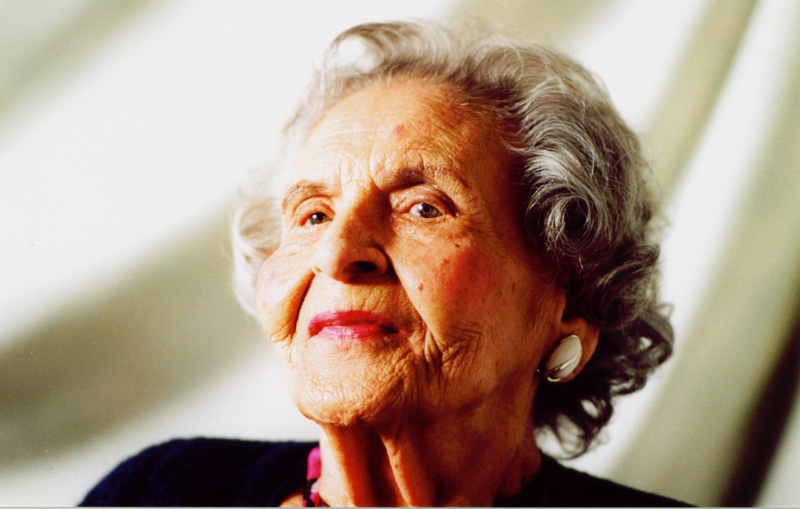How old is Tom's Granny?
Tom asked his Granny how old she was. Rather than giving him a straight answer, she replied: "I have 6 children, and there are 4 years between each one and the next. I had my first child (your Uncle Peter) when I was 19. Now the youngest one (Your Auntie Jane) is 19 herself. That's all I'm telling you!" How old is Tom's Granny?Correct answers: 115
The first user who solved this task is Allen Wager.
#brainteasers #math #riddles


